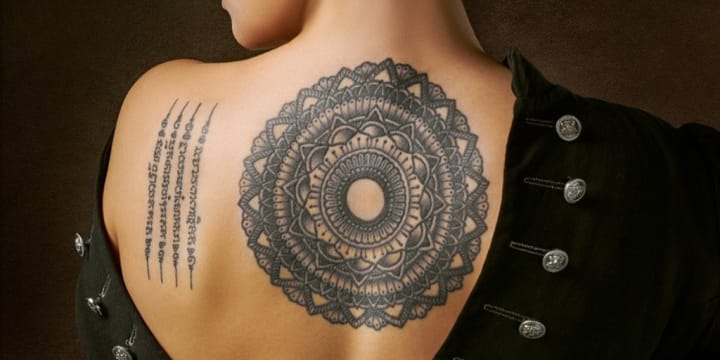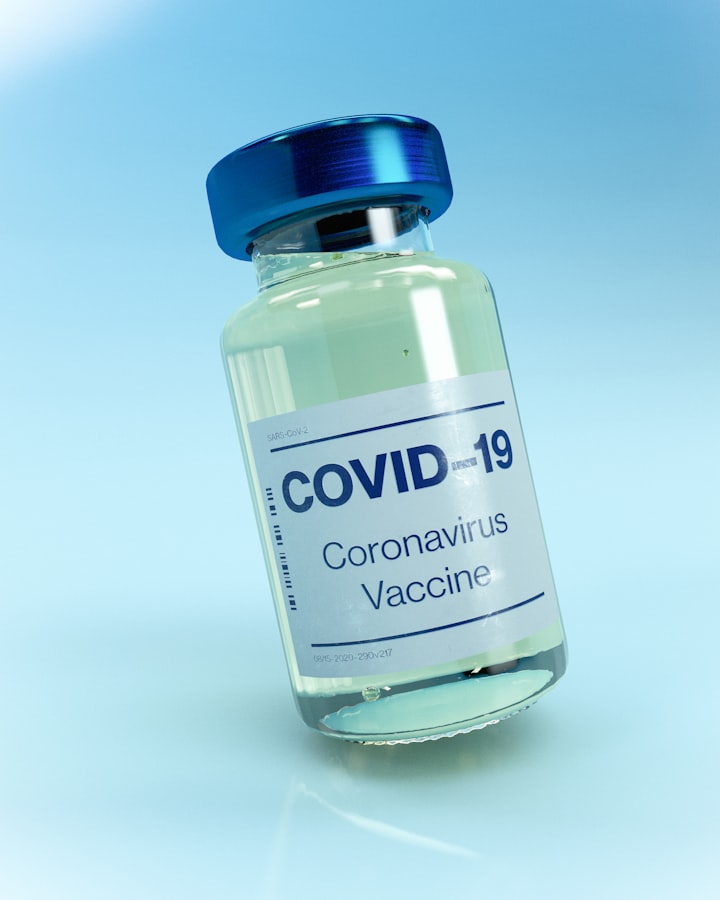5 Inventions From Ancient Egypt We Still Use Today
From vending machines to paper, the ancient Egyptians gave us more than mummies!

The ancient Egyptian civilization thrived for nearly 4,000 years along the Nile. During that time, the Egyptians produced many valuable items that we still use today.

1. Vending Machines. The Greek mathematician, Hero, residing in Alexandria, Egypt, created the first invention on the list. Alexandria was a hub for the intellectual community, housing the famous, now destroyed, library and lighthouse. The Greeks ruled Egypt in the later dynasties--including Cleopatra. Hero's vending machine provided a measured amount of holy water in the temple. A person would drop their coin into a slot, and then the coin’s weight would depress a lever. A measured amount of holy water then dispensed into a vessel. Other inventions attributed to Hero are the syringe and the steam engine.

2. Paper. The ancient Egyptians used the papyrus plant to make paper, giving it the name “papyrus.” Papyrus stalks still grow along the Nile, and you can even find them at garden centers. Papyrus is a tall reed with whispy shoots sprouting from the top. Ancient papermakers cut the reeds lengthwise and hammered the pith into thin strips. These thin strips were crossed, layered, and pounded flat to create larger, thin sheets. In ancient times, the Egyptian's used these sheets for documents and art, decorating them using reed brushes and colored paints. Red and black were the colors used for written documents. Modern Egyptian street vendors still sell painted papyrus souvenirs to tourists with vibrant scenes of gods and goddesses or depictions of ancient kings and queens.

3. Eyeliner, or kohl, was a black powder made from stibnite mixed with grease, oil, or duck fat. Painstakingly applied by the most skilled cosmetic artist, only royalty and the upper class wore kohl. This dark eyeliner was applied using a special stick and pot reserved just for the paste. It protected their eyes from the hot Egyptian sun overhead and any evil below. It also had medicinal value containing ground healing herbs. People in many countries, including North Africa, the Middle East, and India, still use kohl for religious purposes.

4. Mirrors made from polished bronze, silver, or copper had a special place in dressing and cosmetic application in ancient Egypt. Most were hand mirrors and meant for cosmetics or wig application. Each disk was polished to a sheen, but the reflection was murkier than our modern mirrors. Crafstman used ivory, bone, wood, clay, or metal for the mirror handles carved in the shape of goddesses. Religious rituals required the use of mirrors because the large, polished disks resembled the sun god Ra. Mirrors also had their place in constructing monuments. Builders angled them to reflect the sun’s rays down into deep shafts illuminating the dark instead of using torches.

5. Tattoos. Archaeologists believed that only prostitutes had tattoos in ancient Egypt, but new research sheds light on religious practice. French archaeologists at Dier El Medina in the Valley of the Kings have discovered several female mummies with sacred tattoos. One female, in particular, has tattoos that show the goddess Hathor. She also has neck tattoos of the Wadjet eye, symbolizing a peaceful, exalted life. Tattoos have also surfaced on dancers and a male hunter displaying his kills. To ensure successful childbirth, women had meaningful tattoos placed on their thighs and pregnant bellies. The ancient Egyptian tattoo artists were often older women whose tools were reed sticks tipped with soot to pierce the skin and deposit pigment.
So, if you were to travel back in time to ancient Egypt, what would you do first? Grab some holy water from a vending machine, have your eyeliner applied in front of a polished bronze mirror, paint a picture, or get your favorite tattoo?
Resources:
Cleopatra’s Eye: The Significance of Kohl in Ancient Egypt
<<-------------------->>
If you enjoyed this article, you might also like What Did The Ancient Egyptian's Eat? and Hatshepsut: Egypt's Greatest Pharoah!
<<-------------------->>
About the Creator
Nikole Lynn
Ancient Egypt, a hot cup of coffee or tea, my two cats, and a good book are my passions.






Comments
There are no comments for this story
Be the first to respond and start the conversation.